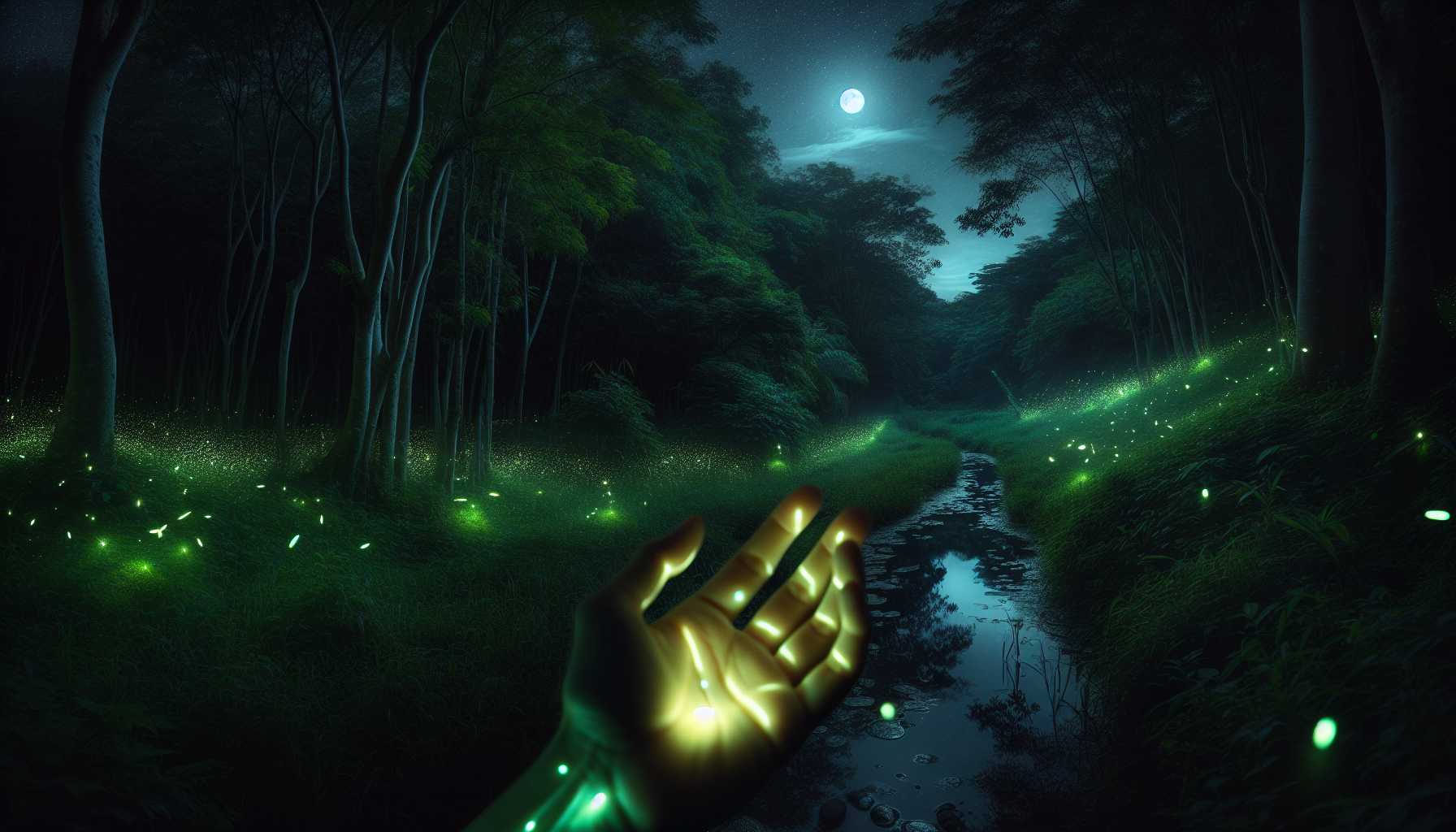Did you wonder, as a kid, watching fireflies light up the dark, if humans could do that too?
Research reveals that we do glow, thanks to bio-luminescence, a naturally occurring process that produces light through small-scale fireworks happening right under our skin!
Our bodies emit light, which fluctuates with our internal clock or circadian rhythm.
The intensity of our luminescence varies throughout the day, peaking in the late afternoon while being at its lowest in the early morning.
So, what triggers this light emission?
On a cellular level, a biochemical reaction occurs known as "chemiluminescence", releasing light as a reaction's byproduct - but this light can only be captured with an incredibly sensitive camera.
Japanese researchers in 2009 discovered that the human body gives off light 1,000 times lower than what we can perceive visually.
Using sophisticated cameras, they found the human face region as the brightest, possibly due to greater exposure to sunlight.
This human glow is tied to our metabolic rhythm.

Interestingly, some scientists suggest that our glow could be an indicator of our metabolic health, possibly identifying metabolic disorders or monitoring patients' conditions non-invasively.
Despite these fascinating findings, understanding human bioluminescence remains a vast and largely unexplored field.
It presents more questions than answers - how this faint glow can affect our lives, and could it influence how we communicate or navigate our surroundings?
So, as we wrap up, consider this: if you had a superhero name based on this new found knowledge, what would it be?
All set to shine on?
Let's get the conversation glowing in the comments below!

